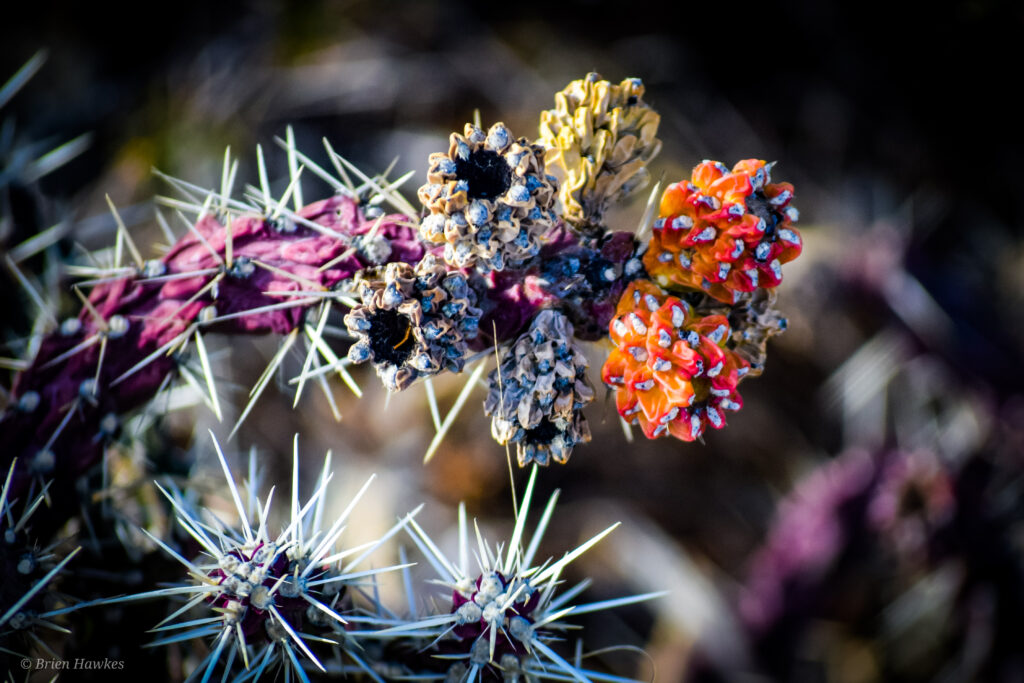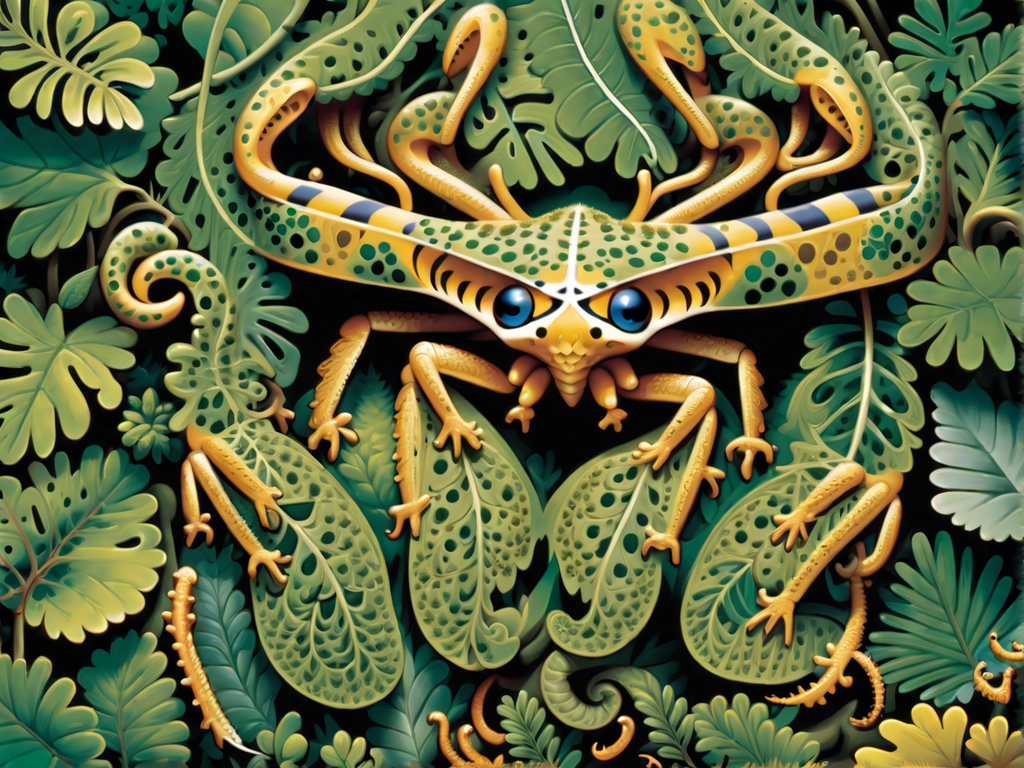Welcome to an enthralling journey into the natural world’s darkest secrets – the captivating yet treacherous realm of poisonous plants. Within the depths of lush rainforests and the vast expanse of arid deserts, hidden dangers lurk in the form of these often beautiful, yet deadly botanical species.
From the elegant yet lethal Amazonian Water Lily to the deceptively innocent-looking Oleander, join us as we venture across continents to uncover the hidden dangers of these fascinating flora. Brace yourself for a captivating exploration of the most toxic, lethal, and enchanting plants mother nature has to offer.
Understanding Poisonous Plants: A Primer
When it comes to exploring the natural world, we are often captivated by its beauty and diversity. However, hidden among the lush landscapes and vibrant colors, there lurks a danger that is often overlooked – poisonous plants. These seemingly harmless botanical species possess toxic compounds that can cause severe harm to both humans and animals.
Within the realm of poisonous plants, there exists a wide variety of toxic compounds. These compounds act as natural defense mechanisms, deterring predators and ensuring the plant’s survival. From alkaloids to glycosides, each plant species has its unique combination of toxic substances.
When inadvertently consumed or even touched, these toxic compounds can trigger a range of symptoms, varying in severity from mild irritation to life-threatening conditions. Individuals exposed to poisonous plants may experience nausea, vomiting, skin irritation, respiratory difficulties, or even organ failure, depending on the specific plant and the amount of exposure.
In order to better understand and navigate this potential danger, it is crucial to familiarize ourselves with the symptoms associated with poisonous plant exposure. By recognizing early warning signs, prompt medical attention and appropriate treatment can be sought, mitigating the potential harm caused by these plants.
Recognizing Symptoms:
- Gastrointestinal symptoms: These may include nausea, vomiting, abdominal pain, and diarrhea.
- Dermatological symptoms: Skin contact with certain poisonous plants can lead to rashes, blisters, and itching.
- Respiratory symptoms: Inhalation of toxic compounds can cause coughing, shortness of breath, or even respiratory distress.
- Cardiovascular symptoms: In some cases, exposure to poisonous plants can affect heart function, leading to irregular heartbeats or low blood pressure.
- Neurological symptoms: Certain toxic compounds can impact the nervous system, resulting in dizziness, confusion, seizures, or even coma.
In the words of renowned botanist Jane Goodall, “We have the choice to use the gift of our life to make the world a better place – or not to bother.”
Armed with knowledge about poisonous plants and their associated symptoms, we can make informed decisions when exploring nature, whether it be in our backyards, parks, or exotic locations around the world. By understanding the potential dangers and taking necessary precautions, we can appreciate the beauty of the natural world while avoiding its hidden perils.
Deadly Beauties: Poisonous Plants in Different Ecosystems

As we delve deeper into the world of poisonous plants, it becomes clear that these lethal beauties can be found in various ecosystems across the globe. From the dense rainforests to the harsh deserts and even the picturesque coastal regions, these plants have adapted to survive and thrive in diverse habitats.
Rainforests: A Haven for Toxic Flora
Rainforests, with their abundant moisture and sunlight, provide the perfect environment for a wide array of poisonous plants. Among them, we encounter the impressive giant hogweed, known for its phototoxic sap that causes severe blisters and burns when exposed to sunlight. The deadly Manchineel tree, native to the Caribbean and Central American rainforests, possesses highly toxic sap and fruits that have been responsible for numerous human fatalities.
Deserts: Succulents with a Dark Side
In the arid deserts, where water is scarce, many plants have evolved to survive by storing moisture. However, within this harsh landscape, deadly plants also thrive. Take, for instance, the Oleander, an attractive flowering shrub with poisonous compounds found in its leaves, flowers, and seeds. Ingesting any part of this plant can be fatal. Another notorious desert inhabitant is the Angel’s Trumpet, a beautiful flower with bell-shaped blooms that contain potentially lethal alkaloids.
Coastal Regions: Hidden Dangers Beneath the Waves
Along the coasts, where land meets sea, a different kind of botanical danger lurks. The deadly Man-o-War, though technically not a plant but a colonial organism, is worth mentioning for its venomous tentacles that deliver intensely painful stings. Found in warm coastal waters, this creature poses a significant threat to swimmers and beachgoers. Additionally, certain coastal plants, like the Water Hemlock, are known for their poisonous properties and can be detrimental if ingested.
These are just a few examples of the poisonous plants that have adapted to various ecosystems around the world. Their presence serves as a reminder that despite their allure, these plants can pose significant risks.
Notorious Poisonous Plants from Around the World
While the natural world is filled with beauty and wonder, it also hides hidden dangers in the form of poisonous plants. As we explore different continents and ecosystems, we come across notorious species that have gained global recognition for their lethal properties. From Europe to Africa, these poisonous plants have origins that span the globe.
Belladonna – Europe
“Belladonna, also known as deadly nightshade, is a notorious poisonous plant that originates in Europe. Its glossy black berries may seem enticing, but they contain toxic compounds that can lead to hallucinations, paralysis, and, in severe cases, even death.”
Castor Bean – Africa
“Originating from Africa, the castor bean plant is as lethal as it is deceptive. Its vibrant red seeds contain ricin, a highly potent toxin that inhibits protein synthesis in the body. Ingesting just a few seeds can be fatal.”
These notorious species remind us of the hidden dangers that lurk in the world of poisonous plants. Their global origins and lethal characteristics serve as a cautionary tale, highlighting the importance of knowledge and awareness when encountering these toxic botanicals.
Staying Safe: Handling and Protecting Against Poisonous Plants
When it comes to dealing with poisonous plants, prevention is key. By being aware of common poisonous species and taking necessary safety measures, you can navigate the natural world with confidence and peace of mind.
First and foremost, it is crucial to familiarize yourself with the most prevalent poisonous plants in your area. Educate yourself on their distinctive features, such as specific leaf patterns or colored flowers, to ensure accurate identification. Remember, it’s always better to be safe than sorry.
Prevention also involves taking precautionary steps when venturing into areas known to harbor poisonous plants. Wearing long sleeves, pants, and closed-toe shoes can provide an extra layer of protection. Additionally, using gloves while working in the garden or hiking through dense vegetation can prevent direct contact with toxic plant parts.
To further enhance your safety, thoroughly wash your hands and exposed skin after any potential contact with poisonous plant materials. This simple practice can help eliminate the risk of inadvertently transferring toxins from your skin to sensitive areas, such as the eyes or mouth.
































